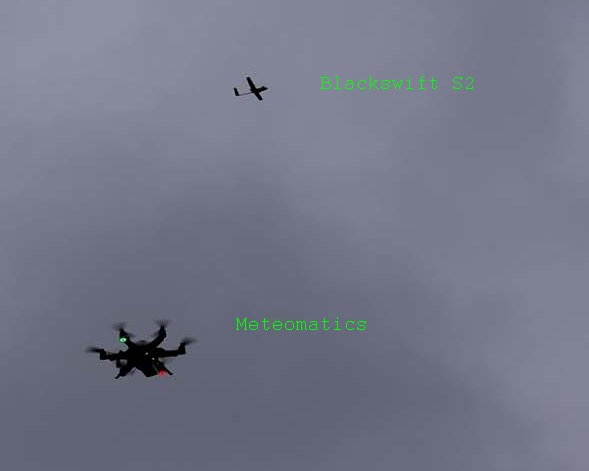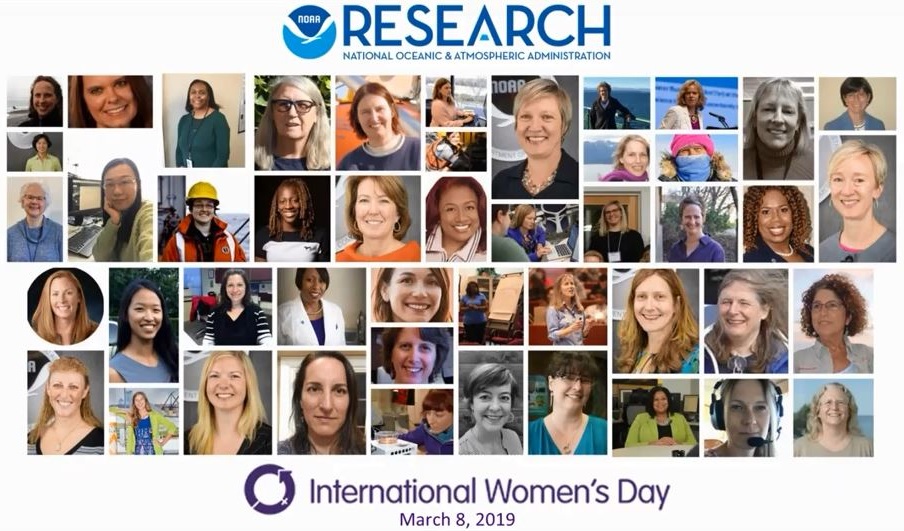ARL Weekly News – March 8, 2019
ATDD
On 4-6 March, Temple Lee, Michael Buban, Ed Dumas, and Bruce Baker went to Avon Park, a US Air Force (USAF) test range north of Sebring, Florida, to conduct first-of-a-kind tests with two of ATDD’s small unmanned aircraft systems (sUAS): a Meteomatics Meteodrone Severe Storms Edition (SSE) and BlackSwift Technologies S2 fixed-wing aircraft. During testing, the team also deployed a ground-based radar system integrated with geospatial software to determine its ability to mitigate potential threats to the sUASs by targets within the airspace. The tests were very successful. Over the three-day period, the team performed over a dozen flights with the Meteodrone and six flights with the S2. The Meteodrone was flown up to a maximum altitude of 950 m above ground level (AGL), whereas we reached 1200 m AGL during one of our flights with the S2. During all tests, the ground-based radar system was able to detect both the Meteodrone and S2, as well as other air traffic in the area. To further evaluate the ground-based radar system, on 5 March the NOAA twin otter aircraft performed multiple flyovers of the site, and the ground-based radar system was able to detect this aircraft as well. Additionally, Meteodrone data were used to generate analyses of temperature, moisture, and wind fields in near real-time using the Meteomatics software package. Overall, this work is a step toward flying sUAS to higher altitudes. Once Certificates of Authorization (COAs) are obtained, both of ATDD’s sUASs will be used for vertical profiles of the lowest 1 km of the atmosphere. These data will be shared in real-time with local National Weather Service forecast offices to assist with weather forecasting decisions.

From 6-8 March, Temple Lee and Michael Buban participated in the seventh intensive observation period (IOP) of the Meso 18-19 field experiment, launching weather balloons every 6 hours for 42 hours. Data from these launches were assimilated into operational weather forecast models (i.e., the High Resolution Rapid Refresh (HRRR) model) and also used by the Storm Prediction Center and local National Weather Service offices for real-time weather forecasts.
The manuscript: “Permafrost nitrous oxide emissions observed on a landscape scale using the airborne eddy covariance method” has been accepted for publication in the journal Atmospheric Chemistry and Physics. Authors are Jordan Wilkerson, Ron Dobosy, David S. Sayres, Claire Healy, Ed Dumas, Bruce Baker, and James G. Anderson. Authors named in plain text are from Harvard. The eddy-covariance campaign, Flux Observation of Carbon from an Airborne Laboratory (FOCAL), flew in August 2013 using the ARL-developed Best Airborne Turbulence (BAT) probe for turbulent wind and an innovative Harvard-developed gas analyzer which measured methane and N2O concentration 10 times per second. We found unexpectedly strong mean N2O emission in late August challenging the current assumption of negligible N2O source in the arctic, a result also supported by measurements at several surface sites.
On March 7, LaToya Myles participated in the first of two NOAA Research panels in recognition of International Women’s Day. This event can be viewed at: https://www.youtube.com/watch?v=EuczF6BZVlM

Fantine Ngan and Barbara Stunder were selected to contribute to OAR’s International Women’s Day effort by providing answers to various questions about being a woman scientist, some of which will be shared on OAR’s website and social media channels during March.
Dr. Howard Diamond participated in a teleconference call on climate science science climate science with a class of junior and senior science students at Denton High School, in Denton, TX, on March 8th. There were about 20-25 students in the room and all of them were in a variety of advanced AP science classes. After a brief introduction on the climate science he was working on, Dr. Diamond essentially fielded about 15 questions over an hour and a half; with several follow-up discussions and questions. The questions from the students were pretty sophisticated and they really wanted to learn the facts about what is going on mostly with respect to climate change. Discussions ranged from the effects of El Niño and the Polar Vortex on weather and climate, to career opportunities in climate science. The coordinator of the call followed up later to indicate that the students were very engaged, and that after the call the teleconference discussions seemed to engender further discussions in the classroom. All in all it seemed like a good experience for the students, and Dr. Diamond enjoyed participating.

